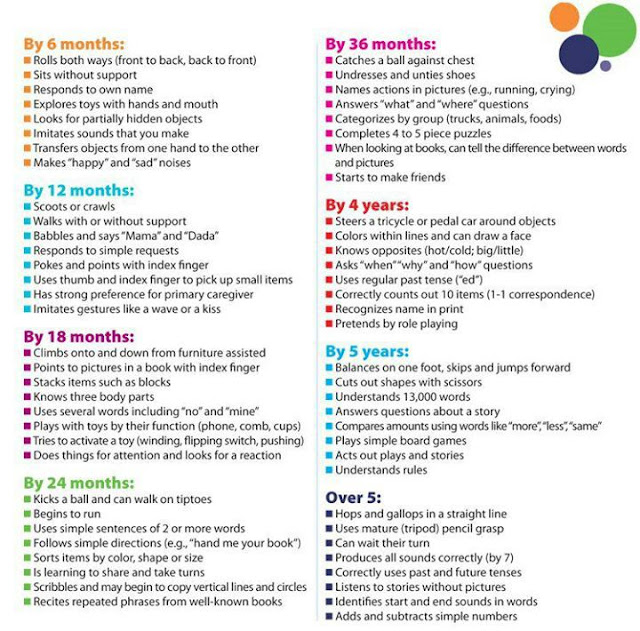fatal metabolic bone disease. ranging from the rapidly fatal perinatal variant, with profound skeletal hypomineralization and respiratory compromise to a milder, progressive osteomalacia later in life. Tissue
non-specific alkaline phosphatase (TNSALP) deficiency in osteoblasts and chondrocytes impairs bone mineralization, leading to rickets or osteomalacia. The pathognomonic finding is subnormal serum activity of the TNSALP enzyme, Perinatal hypophosphatasia is the most pernicious form of hypophosphatasia. In utero, profound hypomineralization results in caput membraneceum, deformed or shortened limbs during gestation and at birth and rapid death due to respiratory failure. Stillbirth is not uncommon and long- term survival is rare. Neonates who manage to survive several days or weeks suffer increasing respiratory compromise due to rachitic chest disease and hypoplastic lungs, and ultimately, respiratory failure. Epilepsy
(seizures) can occur and prove lethal ( vide infra). Excessive osteoid may encroach on the marrow space and result in myelophthisic anemia . In radiographic examinations, perinatal hypophosphatasia is readily distinguished from even the most severe forms of osteogenesis imperfecta and congenital dwarfism. Some stillborn skeletons show almost no mineralization; others have marked bony undermineralization and severe rachitic changes; occasionally, there can be peculiar complete or partial absence of ossification in one or more vertebrae. In the skull, individual membranous bones may calcify only at their centers, giving areas of the unossified calvaruim the illusion that cranial sutures are widely separated when they are in fact functionally closed. Another unusual radiographic feature is bony spurs that protrude laterally from the midshafts of the
ulnae and fibulae. Oftentimes, a flail chest from rib fractures, rachitic deformity, etc. leads to respiratory
compromise and pneumonia. Hypercalcemia and hypercalcenuria are also common and may explain the nephrocalcinosis, renal compromise, and episodes of recurrent vomiting. Radiographic features are striking
though ge Hypophosphatasia in childhood has variable clinical expression. As a result of aplasia, hypoplasia, or dysplasia of dental cementum, premature loss of deciduous teeth (i.e. before the age of 5) occurs.
Frequently, incisors are shed first; occasionally almost the entire primary dentition is exfoliated prematurely. Dental radiographs sometimes show the enlarged pulp chambers and root canals characteristic of the “shell teeth” of rickets. Patients may also experience delayed walking, a characteristic waddling gait, complain of stiffness and pain, and have an appendicular muscle weakness (especially in the thighs) consistent with nonprogressive myopathy. Typically, radiographs show rachitic deformities and characteristic bony defects near the ends of major long bones (i.e. “tongues” of radiolucency projecting from the rachitic growth plate into the metaphsysis). Growth retardation, frequent fractures and osteopenia are common. The metabolic basis of hypophosphatasia stems from a molecular defect in the gene encoding tissue non-specific alkaline
phosphatase (TNSALP). TNSALP is an ectoenzyme tethered to the outer surface of osteoblast and chondrocyte cell membranes. TNSALP normally hydrolyzes several substances, including inorganic
pyrophosphate (PPi) and pyridoxal 5’- phosphate (PLP) a major form of vitamin B 6. The most sensitive substrate marker for hypophosphatasia is an increased pyridoxal 5’-phosphate (PLP) plasma level, which often correlates with disease severity.












